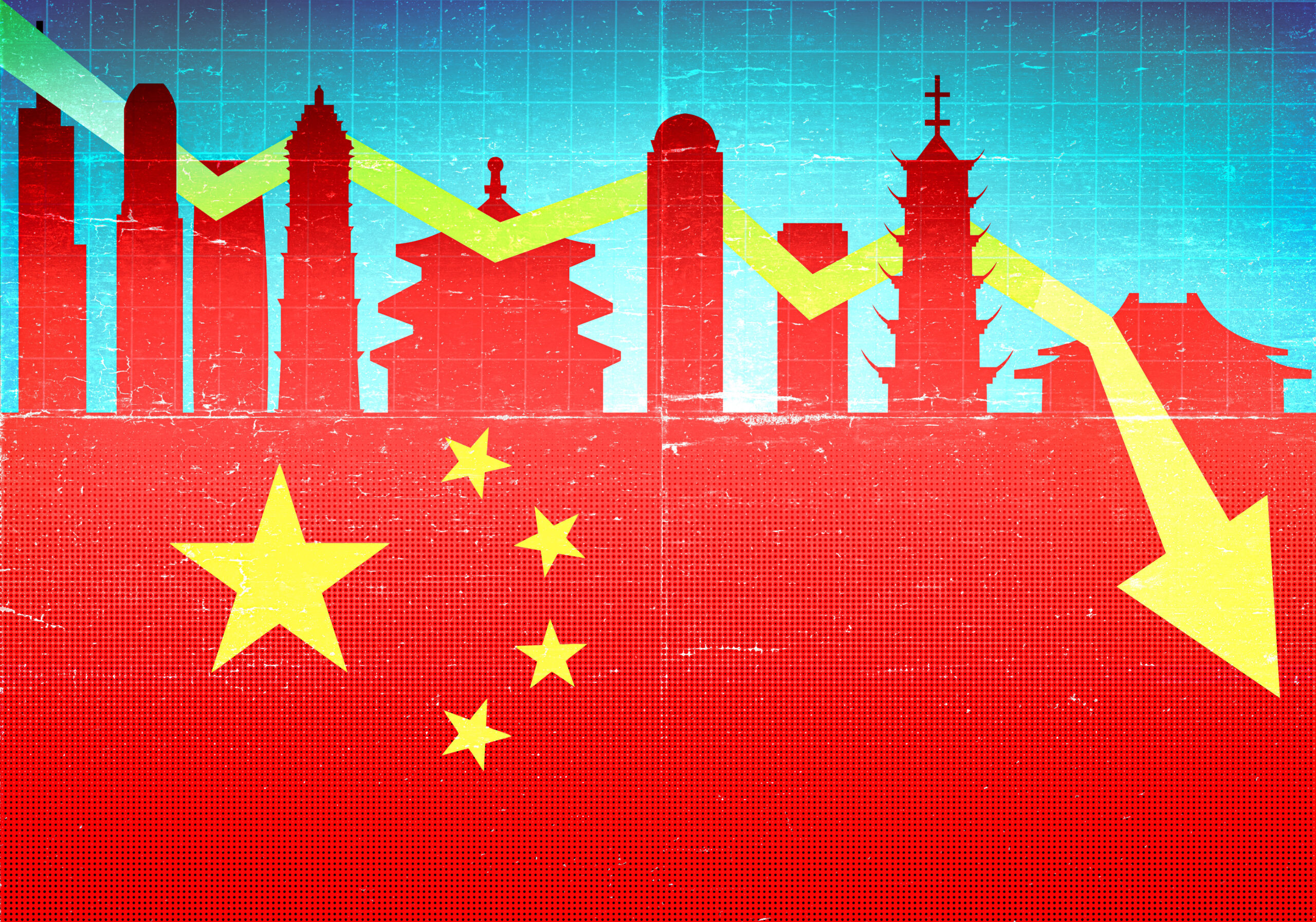
Regulations have been slowly destroying the bond market in America. But, new algorithmic trading computers are stepping in to modernize the market. Bond trading desks are relying more on computer driven trading all the time. The FT reports:
While debt issuance has surged, traders say liquidity has deteriorated sharply in recent years, as a torrent of regulations forced banks to reduce their trading desks.
Putting precise numbers around this decline is tricky, as liquidity is an ephemeral concept. Asking a dozen traders will typically yield at least as many answers. But broadly speaking, liquidity is how easy it is to trade a financial asset without significantly moving its price. Most experts agree that liquidity has atrophied for bonds — especially at times of stress in the market.
That has led to a series of warnings over the years. Blackstone chief Stephen Schwarzman has argued that the “liquidity drought can exacerbate, or even trigger, the next financial crisis”, while the economist Nouriel Roubini has predicted that “market illiquidity will eventually trigger a bust and collapse”. Even regulators have voiced concerns, albeit in more cautious terms.
Thus far the doomsayers might seem like Eeyore, AA Milne’s permanently pessimistic donkey, as fixed income markets have weathered big tests without any significant dislocations. Yet even if a crisis has failed to materialise, that does not mean the bond market is in fine fettle. And a number of banks and investment groups think that part of the solution will lie in the modernisation of fixed income trading.
This has accelerated the shift towards electronic, equity-style trading on exchanges, as opposed to “over the counter” trading. The “rates” market, where the debt of major governments is traded, is already mostly electronic, and corporate debt is also beginning to migrate on to trading platforms — at least for smaller chunks of debt.
There are also signs that the traditional divide between the “dealer-to-dealer” bond market, where banks trade with each other, and the “dealer-to-client” area, where they arrange trades for other investors, is beginning to blur, with some experts heralding the dawn of an “all-to-all” market for the biggest, most liquid bond markets.
Greenwich Associates estimates that a fifth of all investment-grade US corporate bond trades are now done electronically — almost double the volume of a decade ago. Even riskier “junk bonds” are beginning to move that way.
Read more here.




